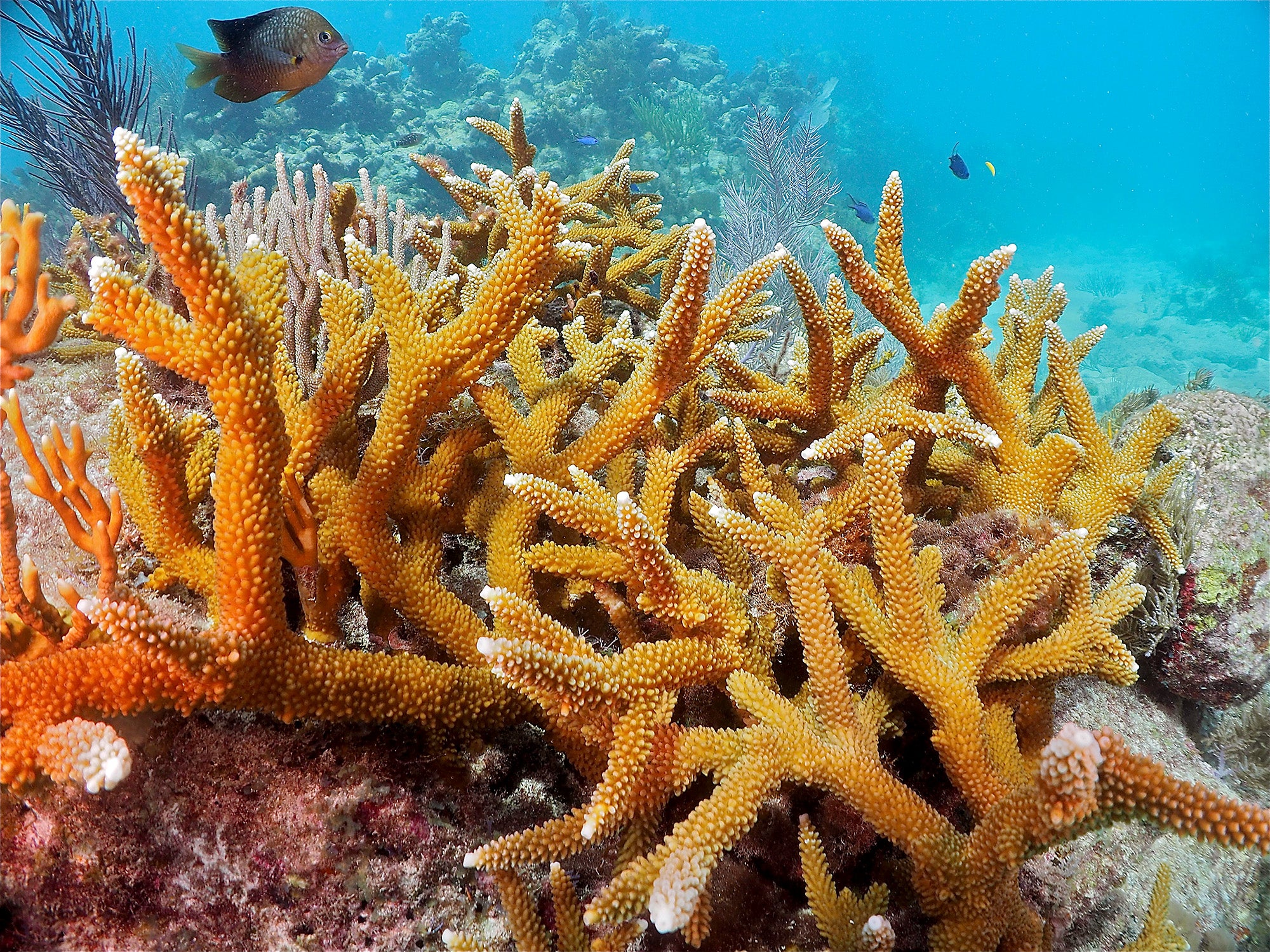Trashing our oceans: Feds plan the biggest permitted coral destruction in U.S. history
Floridians are raising questions about a U.S. Army Corps plan to blast and dredge Fort Lauderdale's port - and smother more than 200 acres of sea floor and rare corals
Fort Lauderdale gets plenty of tourist love for its sunny beaches, but it ought to be famous for something else: it is home to the most significant stands of staghorn coral and Queen conch left in the continental U.S.
These valuable species live just offshore, part of the fascinating Florida Barrier Reef Tract, a diving and snorkeling destination which starts north of Palm Beach and runs south 350 miles through Fort Lauderdale and Miami and around Florida’s southern tip to the Gulf’s’ Dry Tortugas islands off Key West.
All of us who depend on the natural gifts that this reef brings – and that’s all of us – should pay close attention to a flawed plan by the U.S. Army Corps of Engineers to pursue the biggest permitted coral destruction in U.S. history, right in Ft. Lauderdale’s backyard.
The Corps wants to engage in a massive dredging project at Fort Lauderdale’s port – Port Everglades – to make way for ever-bigger ships. To do this, the Corps will dredge 400 underwater acres, blasting the seafloor with explosives, potentially for more than 200 days a year over five years. The dredging spreads plumes of cloudy sediment over everything, and the blasting is torture for dolphins and other creatures that need underwater communication to find food, get mates and raise young. The dredging could also harm the sea turtles and manatees that swim along our coast.
Worse yet, the project would bury over 200 acres of coral habitat in sediment. That would spell serious trouble for queen conch, which breed near the channel the Corps wants to dredge. And it could mean extinction for the already struggling staghorn coral – a rare, stunning species that branches out like deer antlers and provides a home for fish and other reef critters. A recent study found this area is home to the last, healthiest remaining population of staghorn coral in Florida. These corals need our help to survive, but rather than bringing aid, the Corps’ plan would obliterate them.
To see what could go wrong, we can look just 30 miles down the coast, to PortMiami, where a similar Corps dredging project caused an ecological disaster. The Corps wiped out a chunk of the Florida Barrier Reef, despite official assurances that it would be protected. To the shock of divers who went to check, millions of corals over a sea floor the size of 210 football fields were smothered in sediment. They still haven’t been restored. The dredging may also be responsible for a deadly disease outbreak that decimated coral throughout the Caribbean and caused one coral species to go extinct in Florida.
Why would we allow the Corps to repeat this ecological assault when they haven’t even fixed the damage they did a decade ago in Miami?
Earthjustice is working with Miami Waterkeeper, the Florida Wildlife Federation, the Center for Biological Diversity, the Diving Equipment and Marketing Association, and other concerned folk to pause this project until the Corps establishes essential protections for the marine resources we all depend on, like the staghorn coral and queen conch.
We are not the only ones sounding the alarm: When the National Oceanic and Atmospheric Administration reviewed the Corps’ official analyses of the dredging impact, NOAA scientists bluntly called it “unintelligible,” lacking “fundamentally important information,” and containing “significant factual and analytical flaws.”
Aside from being magical underwater wonderlands, reefs are biological workhorses and nurseries for marine wildlife. And they shield Florida’s coastline from wave action by 95 percent on average. That coral reef buffer is lifesaving with rising sea levels and stronger storms hitting our shoreline. It’s a harsh fact that Florida’s coral reefs have declined by over 80% since the 1970s, and a stark reminder that we need to protect what’s left.
We have a chance to make better choices at Port Everglades. Want to get involved? You can sign a petition and learn more about the fight to protect our corals off Fort Lauderdale by visiting https://stopthedredge.com/
Reefs have been protecting us for years. Now it’s our turn to protect them.
